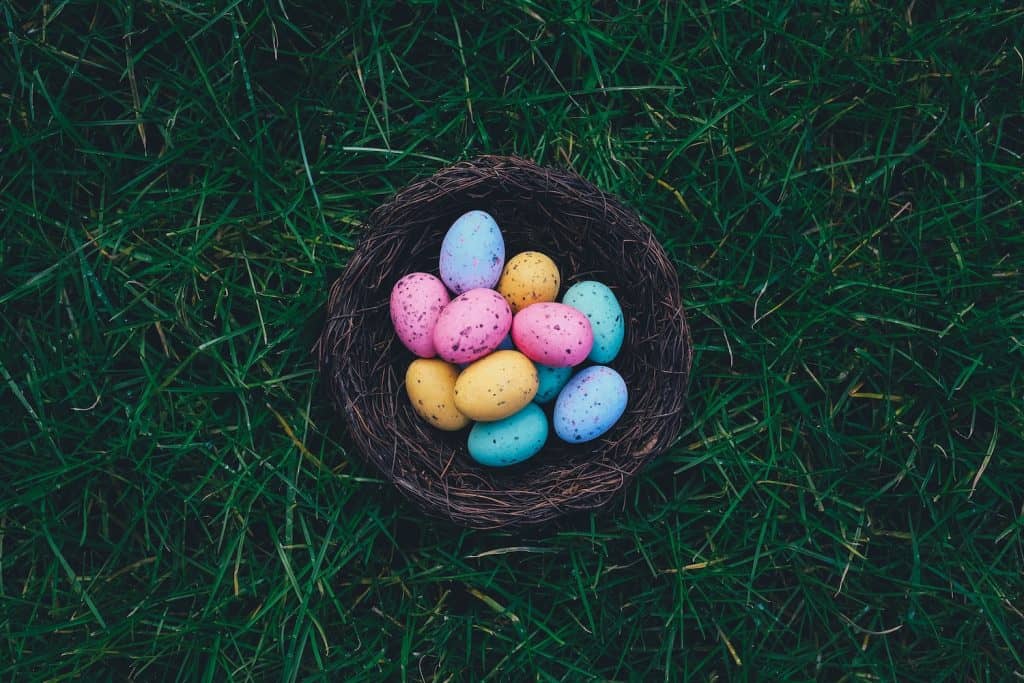
We bring our children into an uncertain world.
With lurid headlines about global climate change, the rising unaffordability of housing and robot workers taking all the jobs, you could be forgiven for wondering what the future holds for your baby.
Although we can’t know what life will be like when our kids come of age, one area where parents can definitely help is by building a nest egg. When there are so many other financial commitments and responsibilities to meet, this can feel bottom of the list.
Add in sleepless nights, growth spurts and trying to get to grips with breastfeeding and a new mum could be forgiven for forgetting about saving. But even £100 a month can add up over the years. In fact on the 5% returns on a Junior ISA this makes a £35,000 nest egg by the time baby turns 18 – but only if you get going sooner rather than later. And it turns out beginning to save for your child’s future is as easy as 1,2,3…
-
Make Your Income Work Harder
Once you’ve worked out a realistic amount to save, you need to set about making the money you have work harder for you. It’s all about leveraging the maximum returns on any savings and investments you make. Spread your portfolio between short term, stable investment with lower returns and longer-term, higher risk options. With starting early, you have the power of time on your side. This means you can take advantage of compound interest. Growth stock mutual funds are an option that you can let mature over the years, or look up specialist advice from brokers. Do your homework and make sure to seek opinions and independent advice before investing – you’ll be looking up TD Ameritrade reviews Roth IRA before you know it and behaving like a trading floor mogul!
-
Set Up Your Junior ISA
One of the safest ways to build your savings for your children’s future is with the route of a Junior ISA, where you can invest up to £4,080 a year tax-free for children up to the age of 18. In this way, your child’s nest egg will be safe from the taxman. You can also choose a stocks and shares ISA, if you prefer that route, you won’t be liable for tax payments on the capital growth of investments or dividends you may receive. Your child can then benefit from all of the growth this investment delivers. Of course, you also have the option of a cash ISA – however, this may not be the best option due to the current low interest environment. Investment returns are the higher option at the moment.
-
Supplement Your Contributions
Finally, look for ways to top up your regular payments with occasional additional contributions – if you receive a tax rebate or any other unexpected amount, consider channelling it into your nest egg. Even small top-up amounts will add up nicely over time. Combined with your regular transactions and multiplied over many years, you’re looking at a solid amount to help your children with tuition fees or a house deposit. Money won’t take away all their problems, but it gives them the ultimate gift of more choices, less pressure and the freedom to make decisions that suit them.
*Contributed Post
